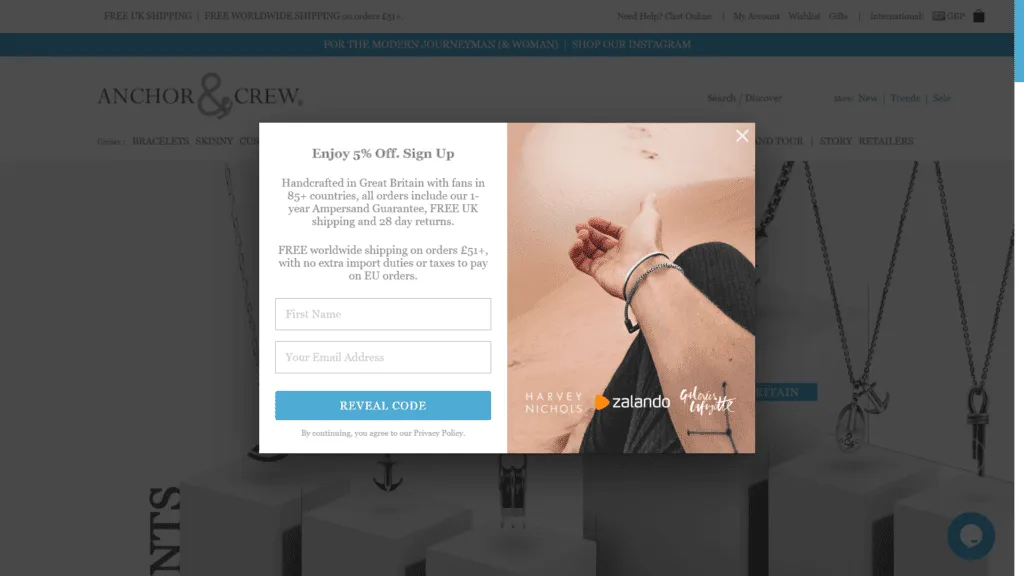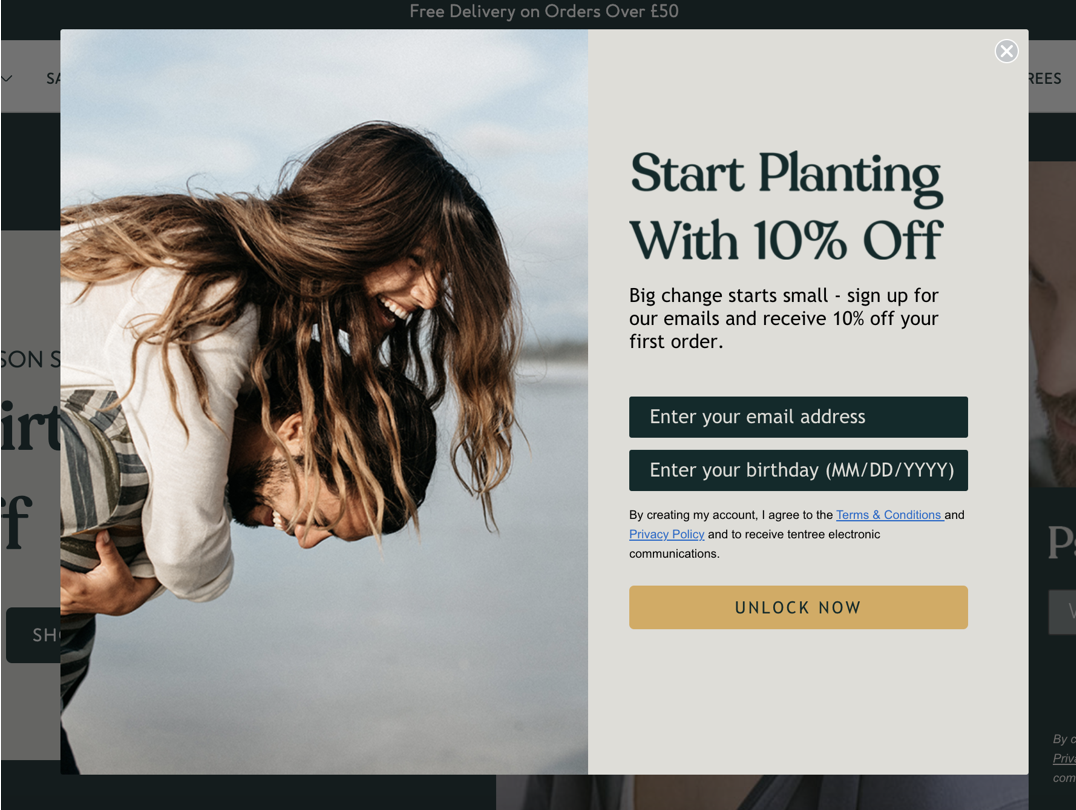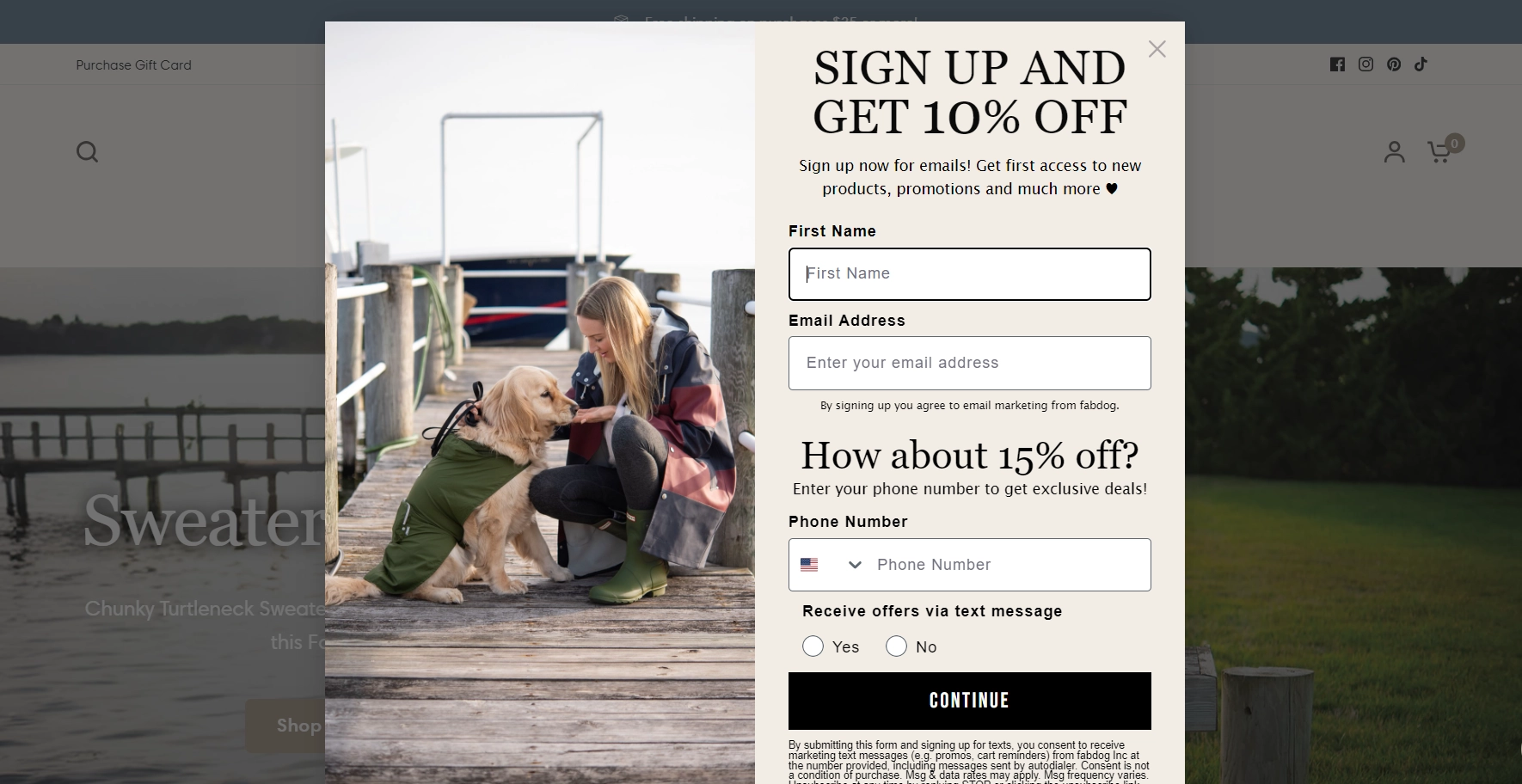
Optimize the display frequency of pop-ups to avoid saturation
Have you ever left a website because of an overly intrusive pop-up? Although these windows boost conversions, their excessive frequency can frustrate visitors and harm the user experience. Finding the right balance between visibility and discretion is essential to maximize impact without overwhelming your audience. Fortunately, strategies exist to optimize the display of your pop-ups and improve your conversion rate without annoying your prospects. Discover how to smartly adjust their frequency to capture attention without driving away your visitors.Read on to adopt best practices!
Why does the frequency of pop-ups influence user experience and conversion?
The display of pop-ups is a double-edged sword. When well-timed, they significantly improve conversions, but excessive exposure can frustrate visitors and harm the user experience. Finding the right balance is therefore essential to optimize their effectiveness.

The impact of overusing pop-ups
A too-high appearance frequency can quickly become counterproductive. According to a study by Nielsen Norman Group, 95% of users find pop-ups too intrusive when they appear too frequently. This phenomenon leads to:
- An increase in the bounce rate, as visitors quickly leave a site perceived as aggressive.
- A decrease in engagement, since users are more likely to ignore repetitive pop-ups.
- A damaged reputation, as an invasive site can harm brand image and discourage visitor return.
Google also penalizes sites that abuse intrusive interstitials, which can negatively impact your SEO.
The importance of intelligent and measured display
Not all pop-ups are created equal, and their frequency should be adjusted based on visitor behavior. Here are some best practices:
- Differentiating types of pop-ups: exit-intent (triggered upon exit), scroll-based (displayed after a certain percentage of navigation), timed (appearing after a few seconds).
- Avoiding too-close triggers: displaying a pop-up on every visited page can quickly become irritating.
- Limiting display to recurring visitors: no need to solicit those who have already interacted with a recent offer.
With Poosh, you can easily set these rules and adjust the display frequency based on user behaviors. Thanks to its real-time analytics, it becomes possible to adapt your strategy to maximize impact without saturation.
How to define the optimal pop-up display frequency?
Optimizing pop-up frequency relies on a strategic approach that considers visitor behavior and campaign performance. A well-adjusted balance allows for increased conversions without negatively impacting the user experience. Here are best practices to find the right cadence.

Adapting display based on user behavior
One of the most effective levers to optimize pop-up appearance frequency is to trigger them at the right time. To do this, it is advisable to:
- Use exit-intent pop-ups, which appear only when a user is about to leave the page.
- Space out appearances: a pop-up should not be displayed more than once per user session.
- Avoid targeting visitors who have already converted: no need to offer a form to a user who just signed up.
These practices help to reduce frustration and ensure that pop-ups are perceived as useful complements rather than annoying interruptions.
Testing and analyzing the ideal recurrence
A/B testing is essential to identify the optimal frequency. By comparing different display cadences, you can measure their impact on:
- The conversion rate: a frequency that is too high can decrease overall performance.
- The bounce rate: if visitors leave en masse after a pop-up appears, it is necessary to space out its display.
- The time spent on the site: a good pop-up encourages engagement, not flight.
With Poosh, it is possible to access real-time data and adjust display settings based on the results obtained.
Segmentation and personalization to avoid fatigue
A well-targeted pop-up is much more effective than a message broadcast on a large scale. By adjusting frequency according to the visitor profiles, you maximize impact without creating saturation. Here are some best practices:
- Adjust frequency based on traffic source: visitors coming from an advertisement are often less inclined to see a pop-up immediately.
- Personalize the message according to the customer journey: a regular visitor does not need to be exposed to the same pop-ups as a new prospect.
- Vary formats: alternating between social proof notifications, discreet widgets, and classic pop-ups helps limit visual fatigue.
With Poosh, you can configure these settings and test different approaches to find the ideal frequency that boosts your conversions without irritating your audience.
A well-calibrated frequency maximizes the impact of pop-ups without harming the user experience. With Poosh, test, analyze, and adjust your notifications to effectively boost your conversions. Optimize your strategy now!